The Art of the Finisher - In ODIs and T20s
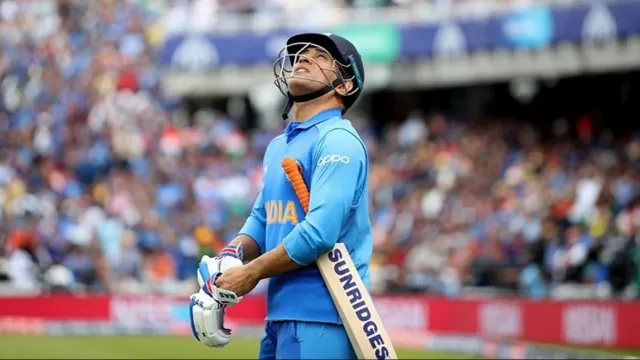
In limited-overs cricket, the finisher is the batsman who combines explosive power and nerves of steel. Typically, they come under the spotlight either to secure a swift victory or to save their colleagues from defeat, scoring quick and successive runs. Whenever batting first, they are responsible for setting the advantage that will decide the final overs.
Unsurprisingly, many of them become heroes: MS Dhone, AB de Villiers, Michael Hussey, and Jos Buttler, just to name a few. Here is how legendary finishers are forged and their role in modern cricket.
What Finishers Are Made Of
Those who follow their favourite matches via https://www.play10cric.com/ know how finishers can upset the odds in the final moment. Naturally, they aren’t new to cricket, but their role has been changing over time. Players like Michael Bevan entered the history of the sport due to chess-like positional playing. In contrast, modern finishers are expected to be much more explosive, often having to chase 15 runs per over.
It makes sense: ODIs and T20s are compact versions of the traditional Test, and every opportunity to score must be taken furiously. Andre Russel is a prime example of this kind of player. Meanwhile, players like MS Dhoni blend both styles masterfully, going positional or ballistic with the same ease. MS Dhoni’s mental fortitude in front of the final overs allows him to assess risks with a clear head; his raw power and outstanding technique do the rest.
Such qualities are particularly convenient in T20 matches, where every over is a fight to the death. Cricket is the most popular sport in the world (second only to football), and T20 is its most popular format. Despite being the shortest format, it’s been designed for high scores and high-octane action. In this context, finishers like MS Dhoni and Andre Russel are worth their weight in gold.
Profiling Excellence
Top-notch finishers are defined by a few common traits, but that doesn’t mean they are all the same. Since the 1990s and Michael Bevan’s revolution, many other players have emerged, each with their own varied styles and techniques. Here’s a short description of the most notable prototypes of finishers.
The Calculator
For the calculated chaser, there’s no such thing as a random move. Michael Bevan is not only a prime example but, arguably, the pioneer of this type of playing. An icy-cold attitude under pressure defines this kind of finisher, along with superb match awareness and surgical shots. MS Dhoni is a modern example of this kind of play, although some consider him even more explosive than Bevan.
The Power-Hitter
Nobody wants to be in the way of a ball fired by a power-hitter like Andre Russel or Rohit Sharma. Their rocket launcher attitude is more focused on profound impact than classic technique. Instead, they use a special approach that maximizes the effect of each shot. Boundaries are crossed by brute force almost at will, often flipping the scores in only a few overs.
The 360-Degree Finisher
No part of the ground is out of touch for the 360-degree finisher. As the name suggests, they can fire in any direction, and they surely do. AB de Villiers is the perfect archetype of this kind of finisher (being nicknamed “Mr. 360”), but there are many others in modern-day cricket. Notable names include Glenn Maxwell (aka “The Big Show”) and Jos Buttler.
The All-Rounder
All-rounders like Hardik Pandya or Ben Stokes shine bright on death over bowling and innings alike. Their technical versatility is topped by a strong, sharply self-conscious presence on the field. All-rounders can act as slow and medium-fast bowlers, making them game-changers in the final overs.
Challenges Ahead

Recently, the ICC announced new rules that bring back the reverse swing to prominence in ODI cricket. There are new wide ball rules for white ball formats (namely ODI and T20) that may change the role of finishers in the last 16 overs. The reverse swing levels the field, making old-style finishers less dominant, giving the other side a fighting chance.
How wides are judged is also a consequential change for finishers. Now, umpires consider the player’s position at the moment the bowler throws the ball. It reduces an unfair advantage that finishers used to have, forcing them to a more positional gameplay. It’s great news for bowlers, though, who now can shoot at wide lines with much more confidence.
Final Shot
The finisher’s role will continue to evolve with new rules and techniques. These changes may reduce their firepower, but not their importance on the field. The powerful combination of brute force and a sharp mind remains their defining feature, proving useful in pretty much any context.
Their strategies may have to change, but their goal remains the same: causing mayhem on the enemy’s line. After all, they aren’t just players; they are the artisans of the most dramatic moments of the game.
Disclaimer
Possible11 is a sports news platform that provides live scores, player statistics, and tournament updates for informational and educational purposes only. We comply with the Online Gaming Bill, 2025 (India) and do not promote or engage with fantasy sports, betting, or real-money gaming platforms. All content is intended solely to enhance the sports experience. Possible11 is not affiliated with any fantasy or gambling applications and is not responsible for any financial gains or losses incurred on external platforms.


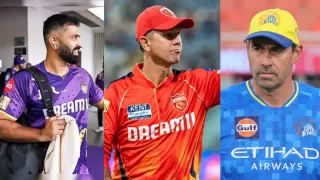
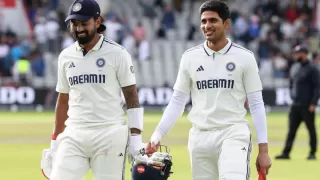

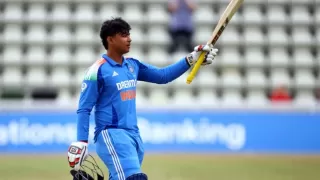
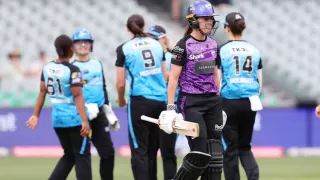





Give Your Feedback